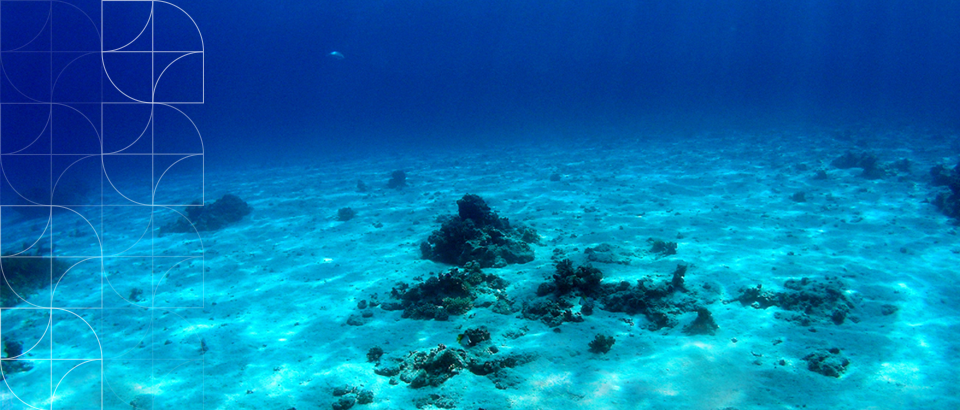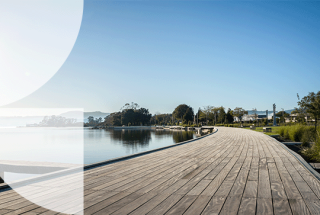Supreme Court upholds environmental bottom line

Supreme Court upholds environmental bottom line
Tuesday 21 December, 2021
New Zealand’s exclusive economic zone (EEZ) is fundamental to its maritime interests. The Government passed the Exclusive Economic Zone Act 2012 to provide a framework for balancing economic and environmental interests in the EEZ and avoid material harm to the environment. Recently, the Supreme Court considered whether the EEZ Act sets an environmental bottom line for decision-makers.
Background
In 2016, Trans-Tasman Resources Limited (TTR) applied for marine consents and marine discharge consents under the EEZ Act in order to undertake proposed seabed mining activities pursuant to a permit issued under the Crown Minerals Act 1991. The decision-making committee (DMC) of the Environmental Protection Authority granted 35-year consents authorising TTR to extract up to 50 million tonnes per annum and to process that material into iron ore concentrate, using about 10 per cent of the seabed material. The remaining de-ored material would be released in a controlled discharge to the seabed, creating a plume as the suspended material settled onto the seabed.
The DMC decision was challenged in the High Court on the basis that it was wrong in law. The High Court allowed the appeal because it found that the consents adopted an “adaptive management approach”, which did not comply with the EEZ Act in relation to marine discharge consents. TTR appealed to the Court of Appeal, which upheld the High Court’s decision but on different grounds. TTR unsuccessfully appealed to the Supreme Court.
Purpose of the Exclusive Economic Zone Act 2012
The purpose of the EEZ Act, set out in s 10, is to promote the sustainable management of EEZ and continental shelf resources and to protect the environment, composed of the EEZ and continental shelf, and the waters above, from pollution by regulating or prohibiting the discharge of harmful substances and the dumping or incineration of waste.
Section 10 provides an overarching framework to guide decision-making under the Act and creates an environmental bottom line. This means that the decision-maker must decline the application discharge or dumping activity unless the environment can be protected from material harm. In order to assess whether there will be material harm, the decision maker must consider qualitative, temporal, quantitative and spatial aspects of the proposed activity. Section 59 states that this can include:
- Effects on the environment, including cumulative effects
- Effects on human health
- The importance of protecting the biological diversity and integrity of marine species, ecosystems, and processes
- The importance of protecting rare and vulnerable ecosystems and the habitats of threatened species
- The extent to which conditions could avoid, remedy, or mitigate the adverse effects of the activity
Making decisions under the EEZ Act
When making a decision, the decision-maker must weigh the economic benefits of the activity against the environmental impacts, but the effect of s 10 is that the decision-maker can only grant the consent if there will either be no material harm from the consent or conditions can be imposed to avoid material harm, mitigate it so that harm will not be material, or remedy it so that over the whole period, the harm is not material. If the consent application relies on remediation, it will need to take place within a reasonable time, based on the particular circumstances of the case, including the nature of the harm, the time between harm and remediation, and human health.
The Supreme Court set out a three-stage test that decision-makers must follow for marine discharge and dumping consent applications:
- Is the decision-maker satisfied that the discharge or dumping will not cause material harm?
- If not, are they satisfied that they can impose conditions to avoid or mitigate the material harm, or can any harm be remediated within a reasonable period? If not, the consent must be declined.
- If there will be no material harm, or material harm can be avoided, mitigated, or remediated, the decision-maker must balance all the s 59 factors under s 59 to determine whether the consent should be granted, in light of the purpose of the EEZ Act.
Treaty of Waitangi and EEZ Act
The Supreme Court also clarified the relevance of the Treaty of Waitangi in making decisions under the EEZ Act. Section 12 of the EEZ Act recognises the Crown’s responsibility to give effect to the principles of the Treaty. S 12(c) requires the decision-maker to take into account the effects of the proposed activity on existing interests. The Supreme Court considered that was a strong directive that the decision-maker must do so in a broad and generous manner that recognises and respects the Crown’s obligation to give effect to the principles of the Treaty. This means that tikanga-based customary rights and interests must constitute “existing interests” including kaitiakitanga and rights claimed, but not yet granted, under the Marine and Coastal Area (Takutai Moana) Act 2011.
Conclusion
The Court concluded that the DMC had made errors of law, in particular that its decision did not comply with the requirement to favour caution and environmental protection and that it had attempted to rectify deficient information by imposing conditions requiring pre-commencement monitoring in order to subsequently create management plans. The majority of the Court considered that this was inappropriate, as it prevented the public being heard on a fundamental aspect of the application. The Court referred the decision back to the DMC for reconsideration.






